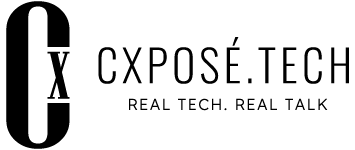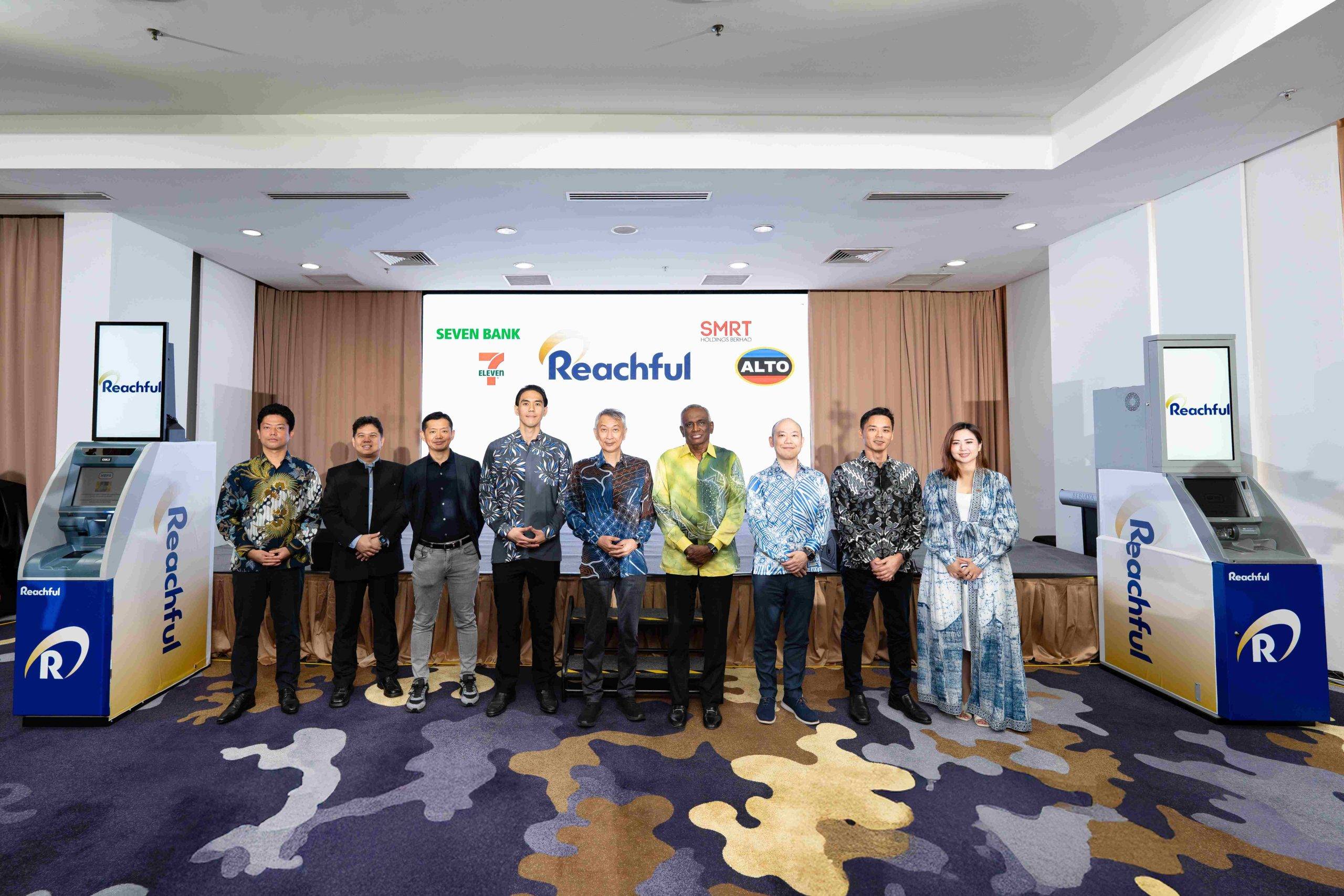Everyone is getting on the sustainability train. From Google’s product-centric climate action plan back in 2020, to getting more global brands on the Climate Pledge. These “green-actions” all sound great on paper, and definitely echo what analysts say are growing customers and shareholder demands. But what exactly has been done, and how do brands keep themselves accountable to sustainability goals, but also their bottom lines?
On the back of BT announcing Global Fabric, Sarwar Khan, Global Head of Sustainability, explains to CXposé just how accountability can be measured, and why choosing sustainable options is the right way forward.
Knowing What You Have to Start Sustainable Innovation
BT is in a unique position to offer customers guidance on how technology can help to accelerate their sustainability goals. And one might ask how does a communications services company help their customers in tangible ways to reduce carbon emissions? With certified Environmental specialists in key regions including UK, United States, Singapore, France, and Australia, it seems like not only does BT have a clear approach on how they plan to achieve net zero emissions by the end of 2031, but they are hoping to bring customers along on this journey as well.
Sarwar laid out two principles BT has committed to in helping their customers meet their Net Zero goals. First, to minimize BT’s own impact on customers when they use their products, and second, to provide technology that can help customers decarbonize at pace and scale.
For the uninitiated, while Net Zero Greenhouse Gas Emission goals are primarily undertaken from an inside-out perspective, it is increasingly pertinent to ensure these goals consider Scope 3 emissions (e.g. from the corporate value chain.) Scope 3 emissions are often categorized as indirect, presenting a unique challenge, as they are typically the most intricate to quantify and manage effectively.
Editor’s note: Learn more about Corporate Standards, Scope 2 and Scope 3 emissions standards.
So far, BT has introduced a comprehensive sustainability service, which encompasses a Digital Carbon Calculator and Carbon Network Dashboard. The calculator helps customers estimate their network and data center’s carbon footprint. It scans the customer’s network and data center inventory to estimate their carbon footprint and can track how this responds to changes and upgrades over time. The dashboard then complements these views with real-time tracking of power consumption across networks and data centers, using AI and machine learning to detect and predict janomalies.
“By increasing efficiency we’ve reduced the overall carbon footprint by ~80%. Providing customers with a low carbon connectivity service to run their workloads and applications over the top,” added Sarwar.
At the Heart of Successful, Sustainable Business
According to Deloitte’s Ingraining sustainability in the next era of ESG investing, both customers and investors are looking at organizations to be more accountable and to act swiftly towards proposed ESG goals – or suffer as a consequence. While 28% of consumers have stopped buying certain products due to ethical or environmental concern, investors are saying more than half managed investment assets will be ESG-mandated by 2024.
“We acknowledge that with networks and digital assets spanning multiple sites globally, CIOs face unique challenges when attempting to deliver and measure sustainability improvements.”
Take manufacturing as an example – the cloud is a vital component powering a network of IoT solutions across a technological ecosystem. These solutions may be tenanted on large hyperscale public cloud, private cloud, or a hybrid cloud infrastructure. By making it easier to connect their IoT devices to the cloud, organizations can gather real-time data on their manufacturing processes and supply chain operations, enabling them to optimize workflows, predict maintenance requirements, and enhance overall operational efficiency.
BT estimates that when fully rolled out, Global Fabric will use 79 percent less electricity than its current global networks This means customers in high emissions industries like manufacturing can possibly reduce their Scope 3 carbon emissions.
“Sustainability is integral to BT’s business strategy and ethos. We understand that as a leading technology provider, we have a role to play in mitigating climate change and aiding the transition to a more sustainable future. In this context, sustainability is not merely a corporate responsibility; it’s a business imperative.”









